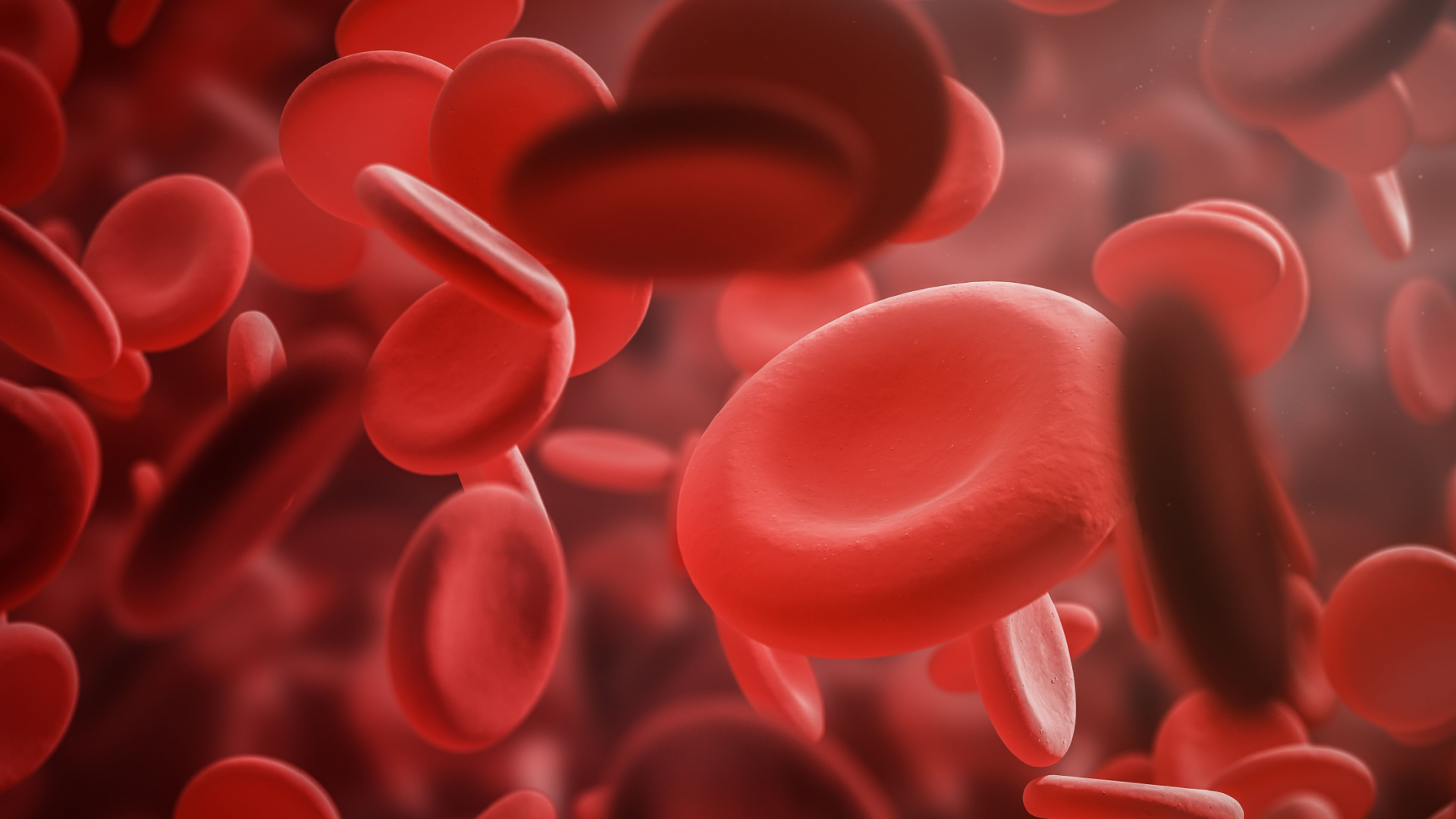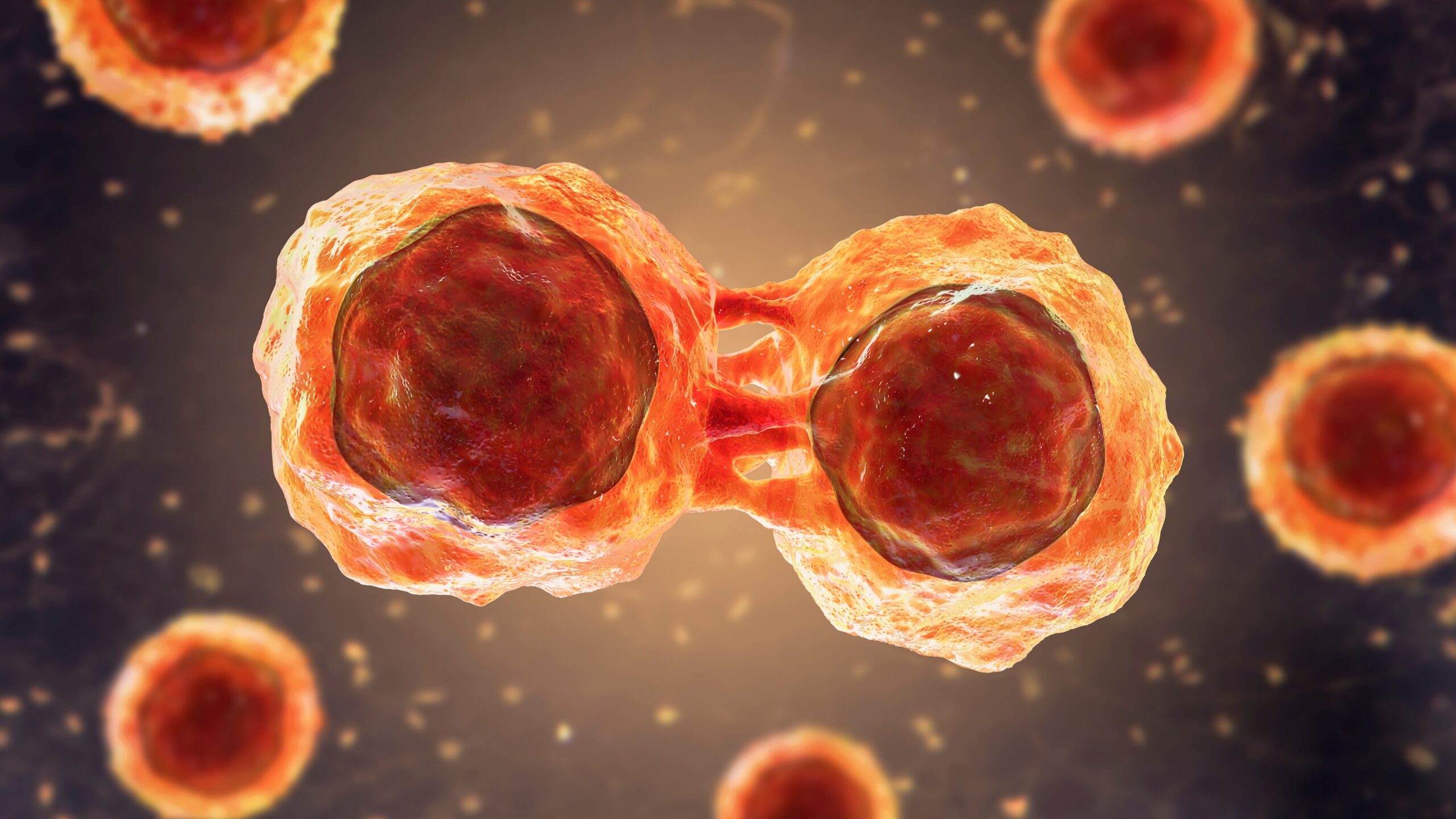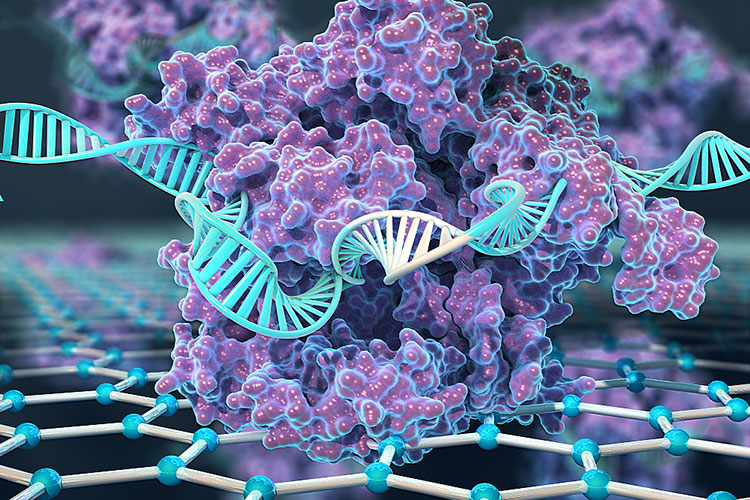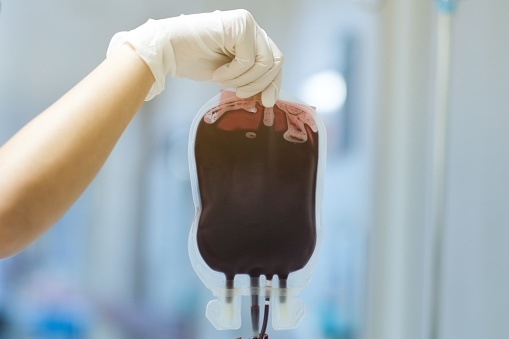
A phase I/II trial evaluated the combination of subcutaneous omacetaxine mepesuccinate (omacetaxine) with the hypomethylating agent (HMA) azacitidine for new-diagnosis myelodysplastic syndrome (MDS) with excess blasts. Its findings were presented at the 66th American Society of Hematology Annual Meeting & Exposition in San Diego, California.
Lead author Daniel A Pollyea, MD, of the University of Colorado, Denver, wrote that the combination was found to be safe and “higher and more rapid rates of response and [hematologic improvement] were observed compared to expectations for HMA alone.”
The single-institution trial had a total cohort of 24 patients who had untreated MDS with excess blasts and adequate organ function. Its median age was 70 years, blast percentage was 10%, and disease International Prognostic Scoring System-Molecular score was 1.5.
The cohort had an overall response rate of 63%, and four patients achieved complete remission. There was a hematologic improvement in 42% of the cohort. Ten patients were bridged to allogeneic stem cell transplantation (ASCT), in whom two relapses later occurred.
Among the 15 patients who had a response, five did not bridge to transplant, among whom there were three mortalities due to disease progression. Five patients with response had disease progression, and their median response duration was 621 days, and progression-free survival was 125 days.
There were 15 mortalities in the total cohort, with a median overall survival of 438 days. Nine mortalities were due to disease progression, three related to ASCT, two from sepsis, and one from pulmonary hypertension.
“A significant number of patients were successfully bridged to ASCT and they had generally favorable long-term outcomes,” Dr. Pollyea concluded.
Regarding the incidence of grade 2 or worse adverse events, leukopenia occurred in 14 patients, thrombocytopenia in 14, anemia in nine, and febrile neutropenia in nine. The most common serious adverse events were febrile neutropenia in nine patients, infection or pneumonia in five, and fever in three. There were also three occurrences of sepsis, two of which were grade 5 severity.
The investigators who conducted the trial also performed a correlative study with flow cytometry and Cellular Indexing of Transcriptomes and Epitopes sequencing of baseline marrow specimens from seven responsive and five non-responsive patients. This was in order to gain further insight into the reasons for response or non-response to the treatment.
Dr. Pollyea described that this correlative study “revealed significant inter-patient heterogeneity in the baseline stem cell population demonstrating two molecular phenotypes, one of which, involving increased protein synthesis and inflammation, was responsive to [omacetaxine plus azacitidine].”
The investigators included with their presented trial an off-label disclosure of omacetaxine for MDS.
Reference
Pollyea DA, Stevens BM, Abbott D, et al. Omacetaxine and azacitidine for newly diagnosed patients with myelodysplastic syndromes and excess blasts. Abstract #1828. Presented at the 66th American Society of Hematology Annual Meeting and Exposition; December 7-10, 2024; San Diego, California.







 © 2025 Mashup Media, LLC, a Formedics Property. All Rights Reserved.
© 2025 Mashup Media, LLC, a Formedics Property. All Rights Reserved.